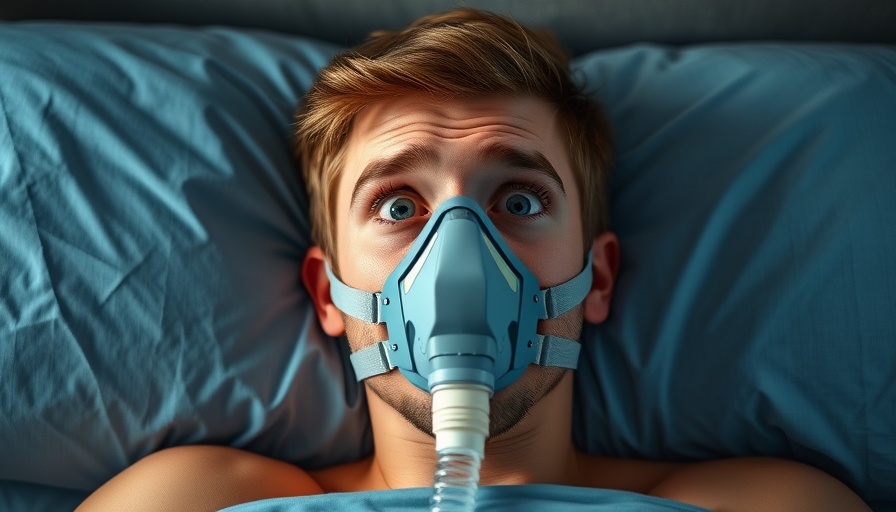
Common Misunderstandings About CPAP Use
Many new CPAP users face challenges adjusting to this life-changing device. It's natural to feel overwhelmed—after all, CPAP therapy is not just a routine; it's an adjustment to how you breathe during sleep. One of the biggest misconceptions is that using CPAP should be easy from the start. In reality, adjusting to a CPAP machine can take time and patience. Dr. Michael Bruce, a seasoned sleep specialist, emphasizes that the early days can be tough as your body acclimates to the therapy. Understanding that the first few weeks may involve a learning curve can be vital in managing expectations.
In '5 HUGE Mistakes New CPAP Users Make', Dr. Michael Bruce highlights the common pitfalls that new users face, prompting a deeper exploration into how seniors can optimize their CPAP experience.
Understanding and Addressing Dryness
Dry mouth and nose are common complaints among CPAP users, especially seniors. These issues often stem from dry air flowing through the mask. To combat this, adjusting the humidification settings on your machine can significantly enhance comfort. A heated humidifier can also make a difference, ensuring that you inhale moist air. Additionally, staying hydrated throughout the day is crucial. Strange as it may sound, many users overlook this simple tip and find themselves suffering unnecessarily.
Importance of Proper Mask Fit
Another recurring issue highlighted by Dr. Bruce is discomfort due to an ill-fitting mask. A good fit minimizes leaks that can contribute to dryness and irritation. It's essential for seniors to take time to try different masks to find one that suits their facial structure comfortably. Regular cleaning of both mask and tubing also goes a long way in maintaining hygiene and ensuring that the seals remain effective. Don't settle for the first mask you try; explore your options to find one that feels right.
Managing the Psychological Aspects
Mindset plays a significant role in CPAP success. Many users feel disheartened after their initial attempts do not yield immediate results. Patience is key. Dr. Bruce encourages easing into the routine—start with shorter wear times and gradually increase as comfort grows. A helpful tip is to engage in activities while wearing the mask during the day, which can acclimatize your body to the sensation without the pressure of trying to sleep. This practice can make the transition to nightly use smoother.
Tackling Aerophagia Effectively
Aerophagia, the swallowing of air that can cause discomfort, is a common challenge for new CPAP users. If you're experiencing bloating and discomfort, it may indicate that your pressure settings on the CPAP machine are too high. It is advisable to discuss this with your healthcare provider, as adjusting these settings can help alleviate discomfort. Additionally, elevating your head with pillows can minimize the chances of swallowing air while you sleep.
Your Journey to Better Sleep
Ultimately, understanding these challenges and equipping yourself with knowledge can empower you on your journey to better sleep. If you are struggling to adapt, remember you are not alone. Consulting with your healthcare provider or a sleep technician can provide additional support tailored to your needs. Adjusting your mindset, ensuring proper equipment, and making small daily changes can collectively improve your CPAP experience immensely.
As a senior citizen, taking control of your sleep health is an imperative step toward overall well-being. The right practices can lead to significant improvements not just in sleep, but in health as well.
Improve your sleep health journey with simple tips and insights that can bring comfort and ease into your life. Access resources and customized solutions that cater specifically to your needs today!
 Add Row
Add Row  Add
Add 


Write A Comment